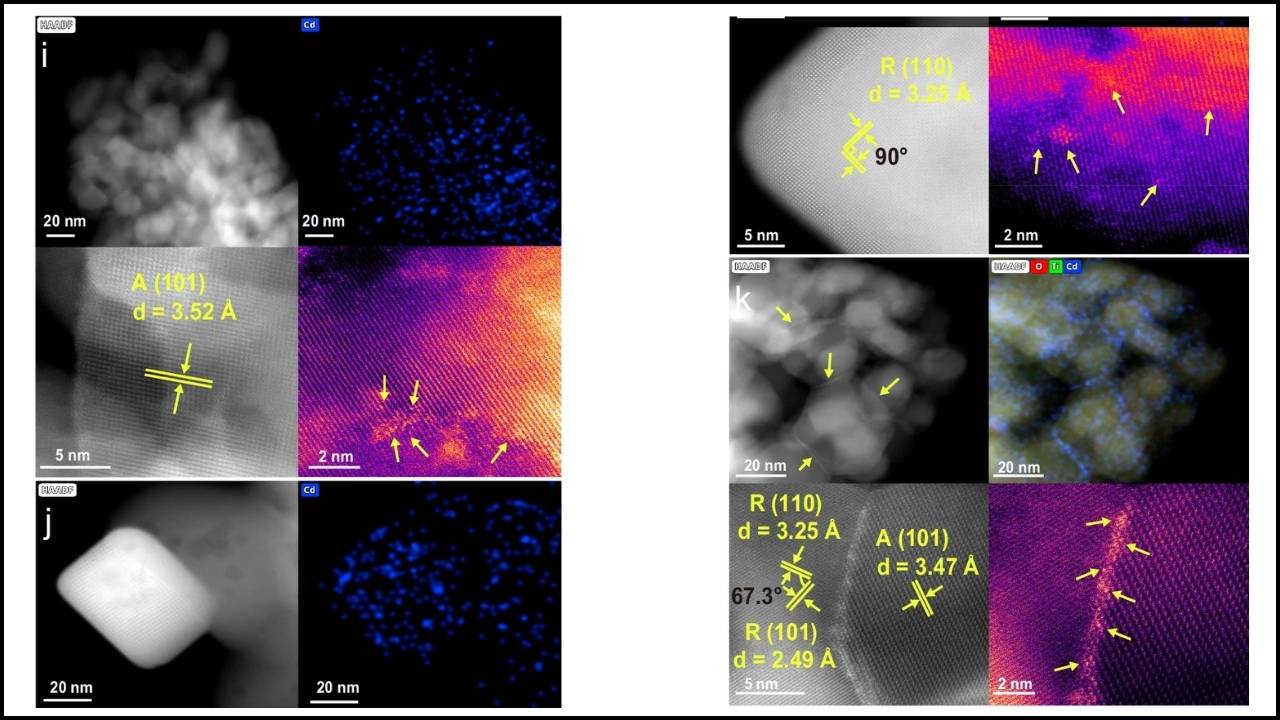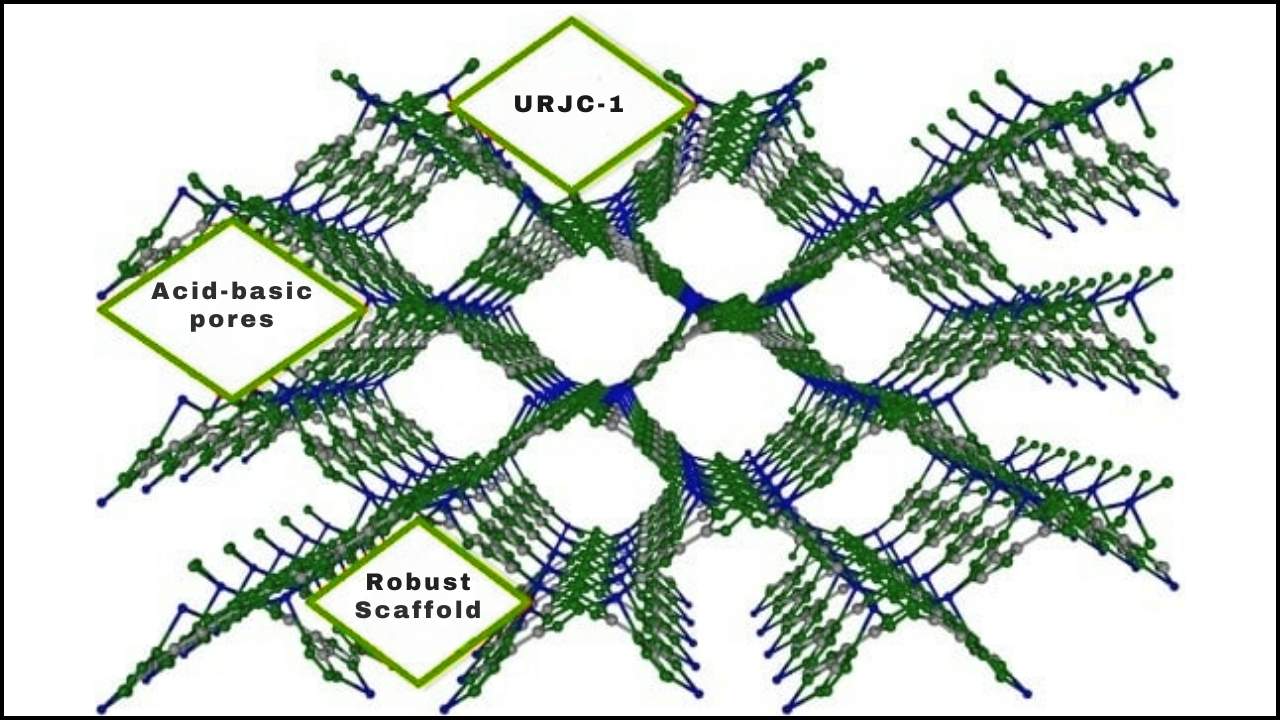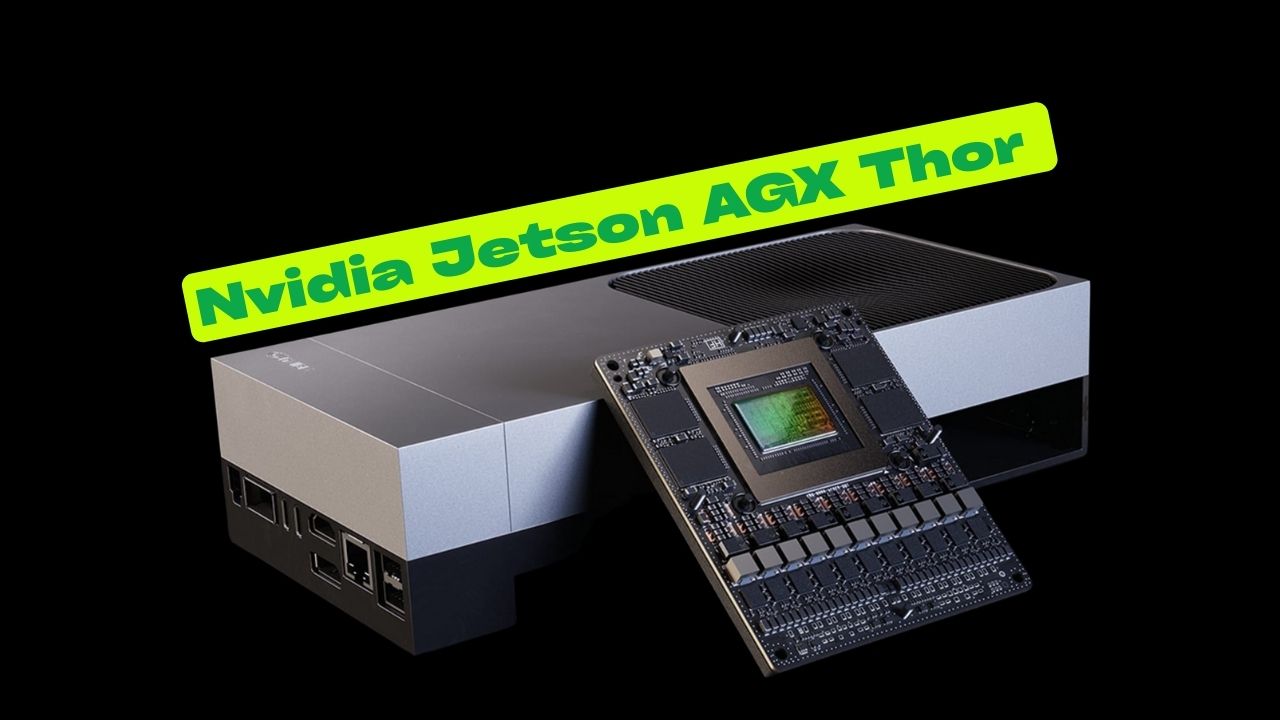The discovery of wrinkles in atom-thin materials as a powerful tool to control electron spin is paving the way for a new era of ultra-efficient, compact electronics. This breakthrough, led by scientists at Rice University, offers promising solutions to energy consumption and miniaturization challenges faced by current silicon-based technologies, potentially revolutionizing the computing industry.
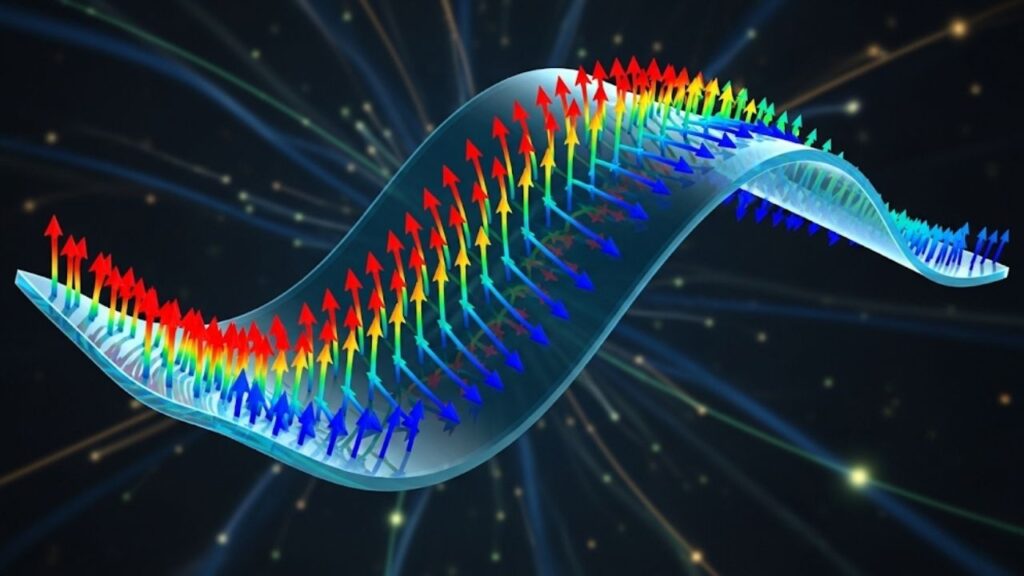
Traditional electronic devices use the electron charge flowing through silicon to process and encode data. However, this method increasingly struggles with heat dissipation, energy waste, and physical limits on how small components can get. Instead, a promising alternative is spintronics, which leverages an intrinsic quantum property of electrons known as spin. Spin can exist in two states—up or down—and encoding information using spin instead of charge offers significant advantages in reducing power usage and device size.
Wrinkles In Atom-Thin Materials May Unlock Ultraefficient Electronics
| Feature | Details |
|---|---|
| Research Institution | Rice University |
| Material Studied | 2D materials like molybdenum ditelluride (MoTe₂) |
| Discovery | Wrinkles in 2D materials can preserve electron spin states |
| Spin State Preservation | Persistent Spin Helix (PSH) with record-short 1 nm spin-precession length |
| Benefits | Reduced energy consumption, ultra-compact devices, improved quantum spin coherence |
| Funding Support | U.S. Office of Naval Research, Army Research Office, NSF, DOE, Department of Defense |
| Official Research Article | Matter Journal DOI |
| Institution Website | Rice University |
The discovery that wrinkles in atom-thin 2D materials can control electron spin with unprecedented precision heralds a new chapter in electronics. By combining mechanical deformation with quantum spin physics, Rice University scientists have unlocked a pathway to ultraefficient, compact, and energy-saving spintronic devices. This approach could transform how we design computers and electronics, overcoming major hurdles in power and miniaturization inherent in silicon technology. As spintronics technologies mature, the practical utilization of these findings promises faster, greener, and more powerful electronics for next-generation applications.
What Are Wrinkles in Atom-Thin Materials?
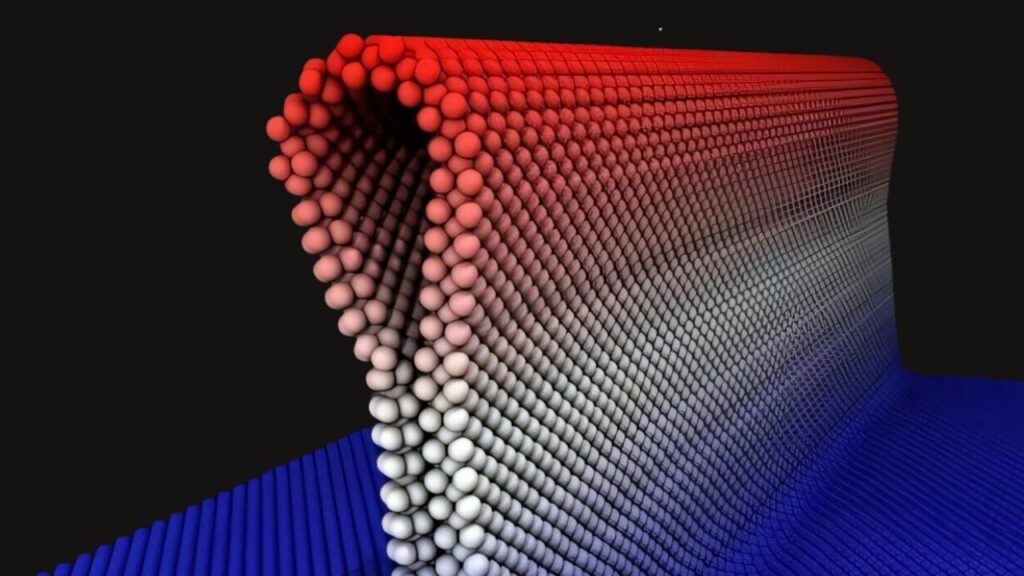
When you think of wrinkles, you might imagine imperfections that cause problems. But in the tiny world of two-dimensional (2D) materials—meaning materials only one atom thick—wrinkles actually have a remarkable effect. These wrinkles are creases or bends that naturally form due to the extreme thinness and flexibility of 2D sheets like molybdenum ditelluride (MoTe₂).
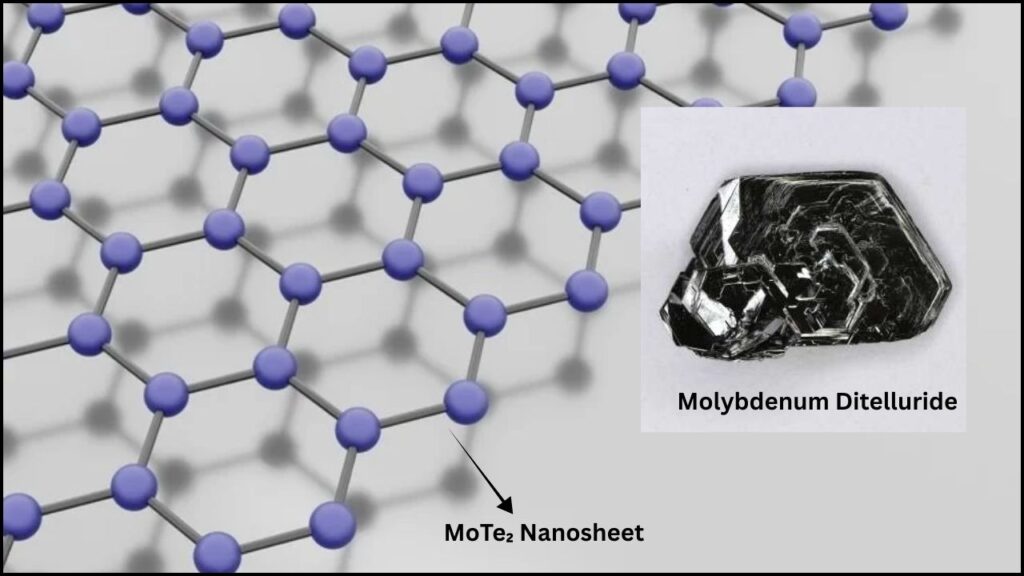
The Rice University research team found that these minute wrinkles create strains within the material. When a 2D sheet bends, its surface on one side stretches while the other compresses. This uneven deformation causes separation of charges inside the material, producing an internal electric field—a phenomenon called flexoelectric polarization.
How Do Wrinkles Control Electron Spin?
Electrons have a property called spin, which behaves like a tiny magnet pointing “up” or “down.” In spintronics, these spins carry and process information. But there’s a big challenge: spin states are fragile and tend to lose their alignment quickly when electrons collide or scatter inside materials, scrambling the encoded information.
The breakthrough from Rice University revealed that the wrinkles create very strong internal electric fields via flexoelectric polarization. These fields influence the spin-orbit interaction, a quantum effect that links the electron’s spin to its movement. The wrinkles cause the spins to split into two distinct momentum spaces—spin-up and spin-down electrons separate cleanly.
This effect stabilizes spins into a special pattern called a persistent spin helix (PSH), where spins remain aligned even during collisions. This is a giant leap because previously, maintaining spin coherence over meaningful distances was difficult.
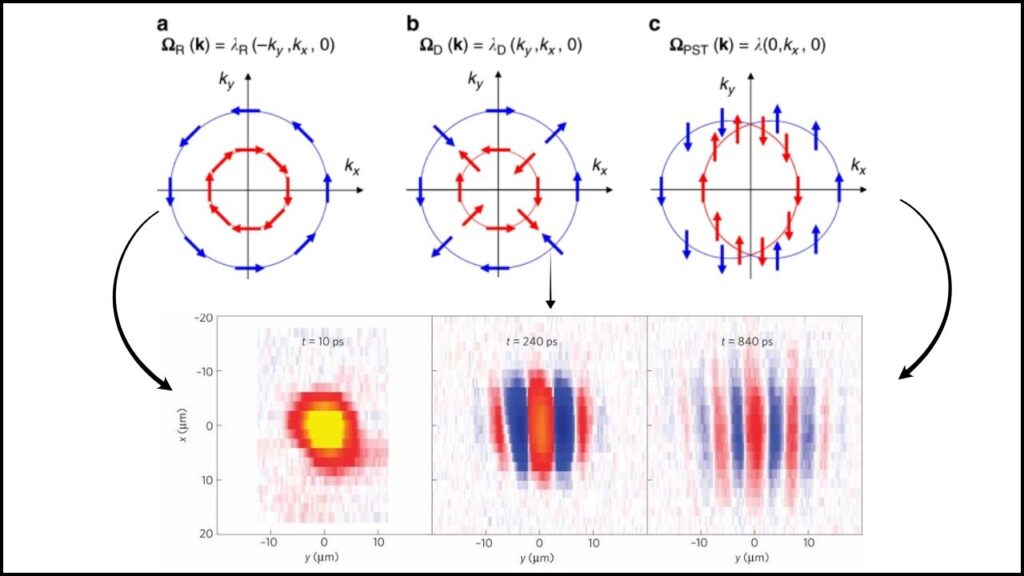
Why Is This Important for Electronics?
The discovery of wrinkles enabling persistent spin textures has several profound implications:
- Ultraefficient computation: Spintronics devices don’t rely on moving charge, reducing heat production and energy consumption drastically compared to silicon electronics. Data centers and computing infrastructures can benefit hugely as their energy needs soar.
- Miniaturization beyond silicon limits: The study showed that the spin-precession length—the distance over which an electron spin flips—is about 1 nanometer in these wrinkle-induced PSH states. That’s the shortest recorded, which means devices could be made much smaller and denser.
- New device architectures: Wrinkles form naturally in 2D materials, creating nanoscale regions of high curvature that act like mechanical “pinches” to control spins. This mechanical method is simpler and more scalable than chemical doping or external fields traditionally needed.
- Bridging two physics realms: The interplay between classical elasticity (mechanics of bending and stretching) and quantum spin physics is rare and innovative, opening fresh avenues for material engineering and quantum device design.
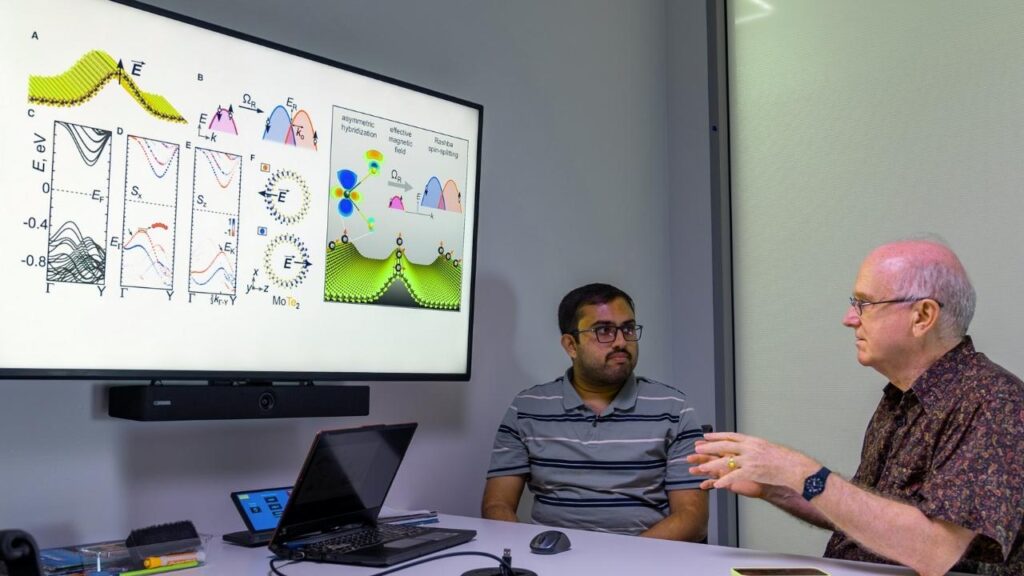
Step-by-Step Guide: How Wrinkles Unlock Ultraefficient Electronics
1. Understanding 2D Materials
2D materials, like graphene and molybdenum ditelluride, consist of a single layer of atoms. Their thinness makes them incredibly flexible and responsive to physical changes such as bending or wrinkling.
2. Bending Creates Strain and Internal Fields
When you bend or wrinkle a 2D sheet, the atoms on one side of the bend are stretched, while on the other side they are squeezed. This separation of positive and negative charges inside the material is called flexoelectric polarization, generating internal electric fields.
3. Electric Fields Affect Spin-Orbit Coupling
The internal fields from bending influence the interaction between an electron’s spin and its orbital movement. This changes how spin-up and spin-down electrons distribute, inducing persistent spin patterns instead of random spin orientations.
4. Persistent Spin Helix Formation
In these curved regions, the spin states align to form a persistent spin helix—spins flip in an orderly, repeating pattern but maintain coherence over long distances even when electrons scatter, preserving data integrity.
5. Application to Spintronic Devices
Because spin coherence lasts longer and controls are more precise, future electronics can use spin instead of charge for information processing. Devices become smaller, use less power, and generate less heat, ideal for modern computing needs.
Practical Advice for Researchers and Engineers
- Optimize wrinkle control: Engineering precise wrinkle geometry and curvature in 2D materials can maximize the flexoelectric effect and spin coherence.
- Material selection: While molybdenum ditelluride is a prime example, exploring other 2D materials with similar mechanical and quantum properties can expand device options.
- Device integration: Integrate wrinkle-engineered 2D materials into existing chip fabrication processes to develop practical spintronic components.
- Scalability considerations: The mechanical method of inducing persistent spin states is scalable and can be adapted for commercial electronic applications.
New Quantum State Discovery Set to Revolutionize Material Science Worldwide
FAQs About Wrinkles In Atom-Thin Materials May Unlock Ultraefficient Electronics
Q1: What is spintronics, and how is it different from traditional electronics?
Spintronics uses electron spin to carry information, whereas traditional electronics use electron charge. Spintronics can reduce energy consumption and allow for smaller devices.
Q2: Why do wrinkles improve spin control?
Wrinkles in atom-thin materials create strain and internal electric fields that stabilize electron spin states, preventing rapid loss of spin coherence.
Q3: What materials are used in this research?
The main material studied is molybdenum ditelluride (MoTe₂), a two-dimensional material only a few atoms thick.
Q4: How does this discovery impact everyday technology?
It could lead to ultraefficient, smaller, and more powerful devices and data centers that consume less energy, benefiting everything from smartphones to cloud computing.
Q5: Are these discoveries commercially available now?
Research is ongoing, but the promising findings suggest that spintronics devices harnessing these principles could emerge in the near future.


